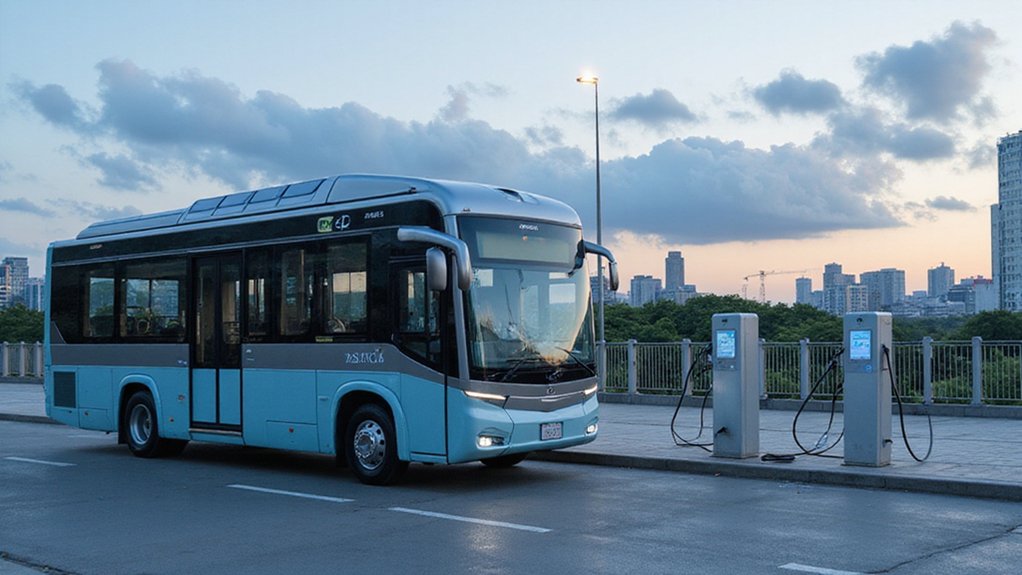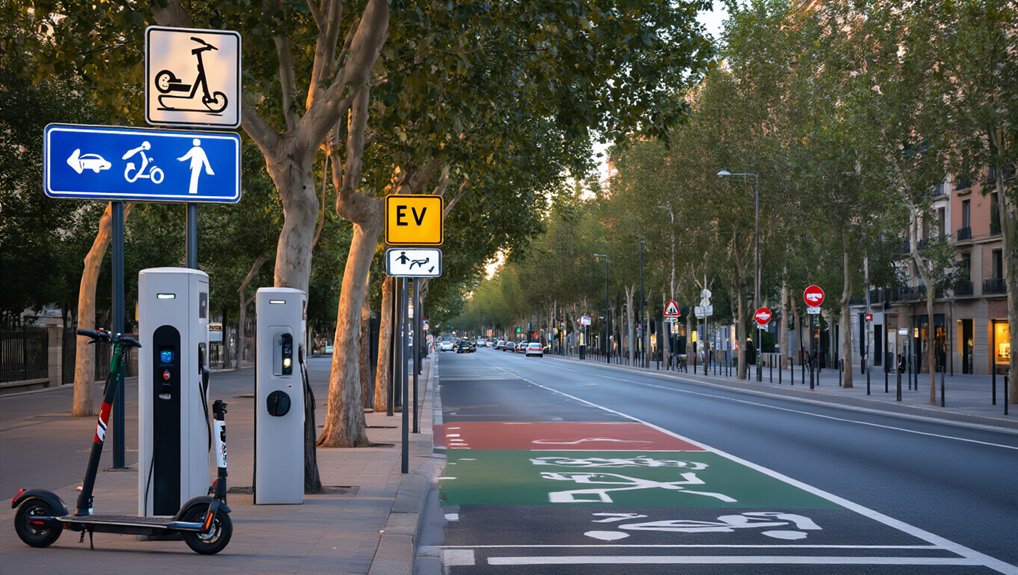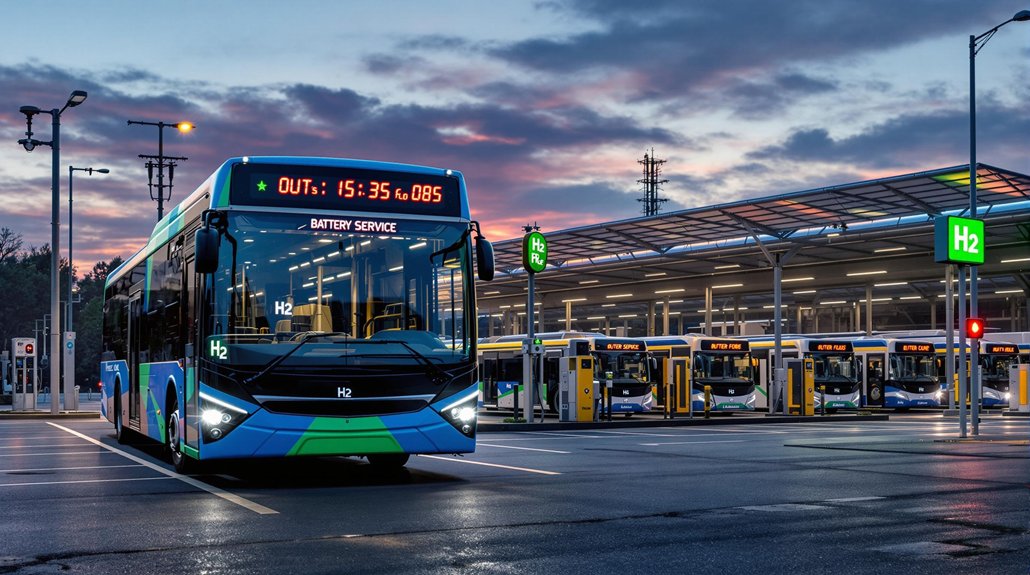How quickly is the electric bus market evolving global transportation? The numbers tell a compelling story. Valued at USD 60 billion in 2023, the global all-electric bus market is projected to reach USD 215 billion by 2032, growing at an impressive 15% annual rate.
A remarkable partnership between Japanese and Taiwanese manufacturers is poised to accelerate this shift. These Asian industrial powers are combining their technological expertise and manufacturing capabilities to develop next-generation electric buses with greater range, faster charging times, and improved battery life.
The timing couldn’t be better. Europe saw a 41% increase in electric bus registrations in the first half of 2025 compared to the same period last year, with electric models now accounting for 23% of all new buses. Meanwhile, China continues to lead global deployment while North America’s school districts have committed to nearly 14,000 electric school buses across 49 states.
This Japanese-Taiwanese alliance is focusing on innovations in battery technology, including advancements in lithium-ion, nickel-metal hydride, and emerging solid-state batteries. Their buses will offer ranges between 100-300 miles, sufficient for most urban transit routes.
The partnership also addresses a critical challenge: charging infrastructure. By developing integrated solutions that include depot charging systems and charge management software, they’re creating a complete ecosystem for transit authorities. The United States has made significant strides in this area, with nearly 128,000 EV charging stations established by 2022.
Government regulations worldwide are creating favorable conditions for this venture. Stringent emission rules, incentive programs, and the establishment of zero-emission zones in urban centers are driving demand for electric buses. These vehicles produce zero tailpipe emissions and greatly reduce greenhouse gases compared to diesel alternatives. This transition aligns with the global trend where renewable energy sources are expected to exceed nuclear generation by 2026.
The regulatory landscape is accelerating the electric bus revolution, creating a perfect storm for zero-emission transit adoption.
The health benefits are equally compelling. Diesel exhaust poses serious health risks, especially for children and city dwellers. Electric buses eliminate these harmful emissions, improving air quality in congested urban areas.
As this Japanese-Taiwanese collaboration gains momentum, it’s not just changing how buses are powered – it’s reshaping urban transit systems, reducing pollution, and improving quality of life in cities worldwide. The growth in the fuel cell bus segment is also notable, with 279 fuel cell buses registered in Europe during the first half of 2025, representing a 426% increase from the previous year.
References
- https://www.sustainable-bus.com/news/first-half-2025-electric-bus-market-europe/
- https://www.imarcgroup.com/united-states-electric-bus-market
- https://dataintelo.com/report/global-all-electric-bus-market
- https://electricschoolbusinitiative.org/electric-school-bus-market-study-and-electric-school-bus-us-buyers-guide
- https://www.gminsights.com/industry-analysis/electric-public-transport-system-market









